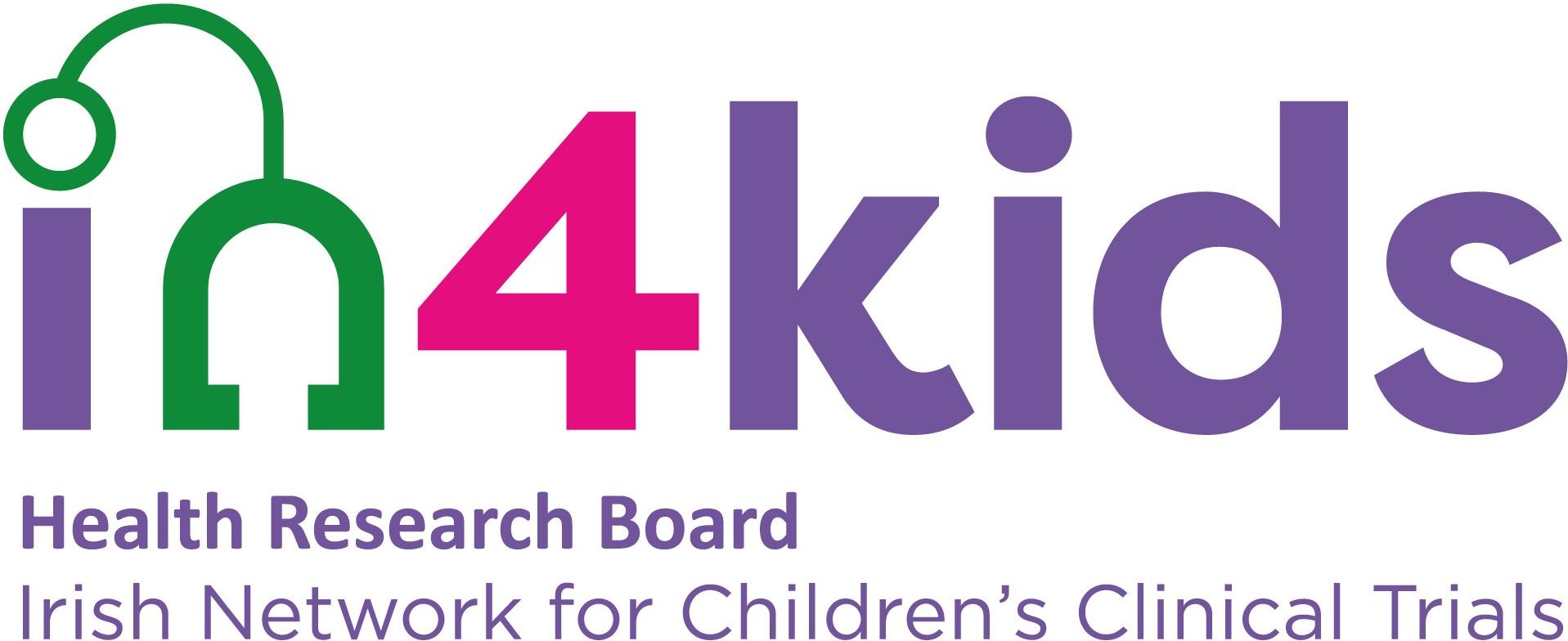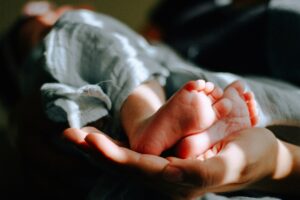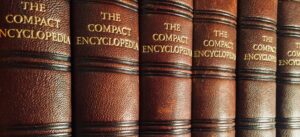Understanding Cerebral Palsy in Children:
A Guide for Families in Ireland
Welcome to our guide on Cerebral Palsy (CP) in children.
Cerebral Palsy is a significant condition that demands attention and understanding. Receiving a diagnosis of Cerebral Palsy for your child can be a daunting and bewildering experience as you try to understand what it means for your child’s future. In this guide, we aim to demystify the terminology, offer links to valuable and reliable resources, and explore how In4kids and the Cerebral Palsy Foundation are collaborating to enhance outcomes for all children in Ireland diagnosed with cerebral palsy.
Discover how Cerebral Palsy Foundation and In4kids are working together to improve outcomes for children with Cerebral Palsy here!
Click here for information on resource and supports available for people with Cerebral Palsy and their families.
What is Cerebral Palsy (CP)
_____
Cerebral Palsy (CP) is a group of movement disorders that affects a person’s ability to move and maintain balance and posture. CP is the most common lifelong motor disability. Cerebral means having to do with the brain. Palsy means weakness or problems with using the muscles.
The brain development issues relating to CP can occur before birth, during childbirth, within the first month after birth, or during the early years of a child’s life when the brain is still in its developmental stages.
The majority (85%-90%) of CP results from abnormal brain development or damage before or during birth and is called Congenital CP. A smaller proportion of CP cases, referred to as Acquired CP, occur due to abnormal brain development or damage occurring more than 28 days after birth. Acquired CP is often associated with conditions such as infections (like meningitis) or head injuries.
Many of the specific causes of CP may be unknown. Many babies have similar history during the antenatal, birthing and postnatal period yet develop very differently. Doctors have a growing understanding of the risk factors for CP, however there is still much we have to learn about why some babies develop CP and others do not.
The initial injury is not progressive but the motor challenges it creates can be and their impact varies from person to person. The impact of CP on coordination, balance and movement have names like
- Spasticity (stiffness),
- Hypotonia (low tone),
- Dystonia (fluctuating tone),
- Athetosis and Chorea (extra, abnormal movements).
These motor challenges can create lifelong and progressive changes for a person with CP. Motor challenges can range from minimal to profound, depending on the individual – ranging from weakness in one hand, to an almost complete lack of voluntary movement in all four limbs.
A CP diagnosis can also feel like learning a whole new language – we have created a glossary to help you understand the common terminlogy used.
Recognising Some Potential Signs
Diagnosing CP is complex – doctors use a series of assessments to evaluate a child’s motor development. It is important to remember that the below are just some things that might be noticed in a child with CP but it is not a conclusive assessment or way to diagnosis. Concerns should always be discussed with doctor. The CP Resource website has further information on the screening and diagnosing of CP – visit it here!
CPF & In4kids
_____
Find out more about how we are working together to improve outcines
Visit our Glossary
_____
Confused by the terminology? Explore our glossary to find definitions for common terms
Subscribe to CPF Irish Newsletter
_____
Keep up to date on the latest research on CP in Ireland.
Under 6 months
_____
- Head Lag: When you lift them while lying on their back, their head tends to lag behind instead of following smoothly.
- Stiffness: They exhibits stiffness in their muscles, making movements less fluid.
- Floppiness: They may also appear floppy or have poor muscle tone.
- Overextension: While being cradled in your arms, they tends to overextend their back and neck, as if resisting or pushing away.
- Leg Stiffness: When you lift them, their legs become stiff and may cross or scissor unnaturally.
Over 6 months
_____
- Limited Rolling: Doesn’t roll over in either direction.
- Hand Coordination: struggles to bring hands together or bring them to their mouth.
- Asymmetrical Movements: Reaching out with only one hand while keeping the other in a fisted position
Over 10 months
_____
- Unconventional Crawling: Crawling in a lopsided manner, like pushing off with one hand and leg while dragging the opposite hand and leg
- Alternate Mobility: Alternatively, they might scoot around on buttocks or move by hopping on knees, but doesn’t crawl on all fours as expected
What are the different types of Cerebral Palsy
_____
The symptoms of CP are different from individual to individual. For example a person with severe CP might need special equipment to be able to walk, or cannot walk at all and might need lifelong care. On the other hand, a person with mild CP, might walk a little awkwardly, but might not need any special help. People with CP often face challenges with moving and posture. Some may also have other issues like problems thinking or learning, seizures, trouble seeing or hearing, difficulty speaking, changes in their spine like scoliosis, or stiff joints.
CP can be classified in two ways – by the areas of the brain that are affected or by the body part affected.
Types of Cerebral Palsy by Brain Area.
1. Spastic Cerebral Palsy
- Spastic cerebral palsy is the most common form, affecting up to 80% of people with CP.
- It is the result of damage to the motor cortex – the part of the brain that controls voluntary movement.
- Muscles appear stiff and tight
- Difficulty Walking.
2. Dyskinetic (or Athetoid) Cerebral Palsy
- Occurs in 6% of people with CP.
- It is a result of damage to the basal ganglia and/or cerebellum
- Basal ganglia is responsible for voluntary motor control, the cerebellum is responsible of balance & coordination
- Problems with feeding and posture are common
3. Hyptonic Cerebral Palsy
- Accounts for approximately 2.6% of all cases.
- Low muscle tone resulting in loss of strength and firmness
- This can cause children to miss developmental milestones (e.g. crawling & walking)
4. Ataxic Cerebral Palsy
- Ataxic cerebral palsy occurs in 2.4% of people with CP.
- This is the result of damage to the cerebellum.
- Shaky movements, poor balance, speech difficulties are all common symptoms
5. Mixed Cerebral Palsy
- Mixed cerebral palsy means that someone’s brain is injured in more than one location
- They experience symptoms from multiple types of CP.
- Approx. 15.4% of all CP cases are diagnosed as mixed.
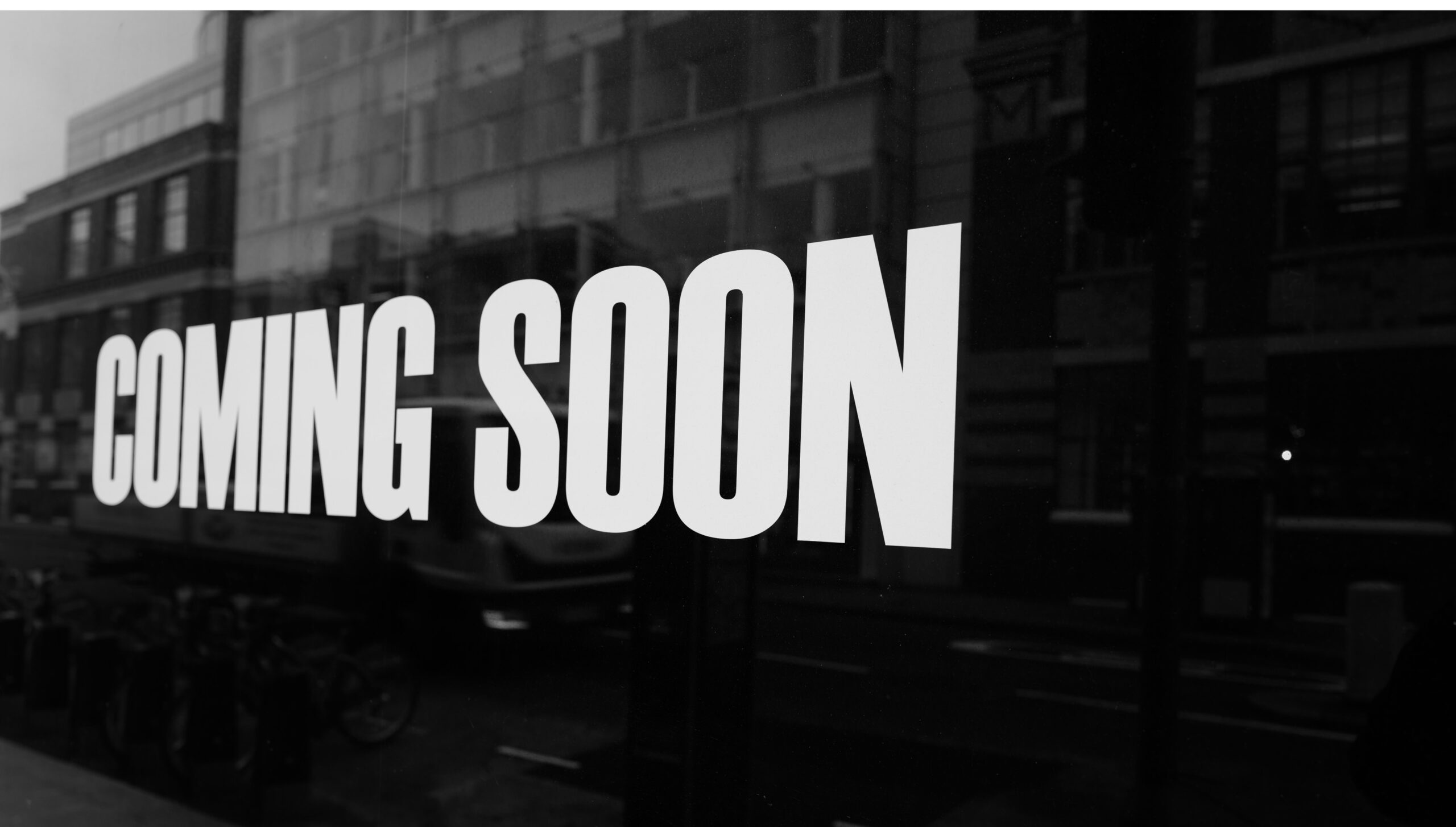

Types of Cerebral Palsy by body part
_____
Monoplegia – quite rare, one arm or leg is affected
Diplegia – two limbs (usually the legs). Often the result of premature birth
Hemiplegia – one side of the body is affected, generally the arm is more affected. Can be the result of prenatal brain bleeding.
Triplegia – three limbs are affected (e.g. both legs and one arm).
Quadriplegia – all four limbs are affected, generally more severe in the legs than the arms.
Double hemiplegia – all four limbs affected, but one side is more severe than the other.
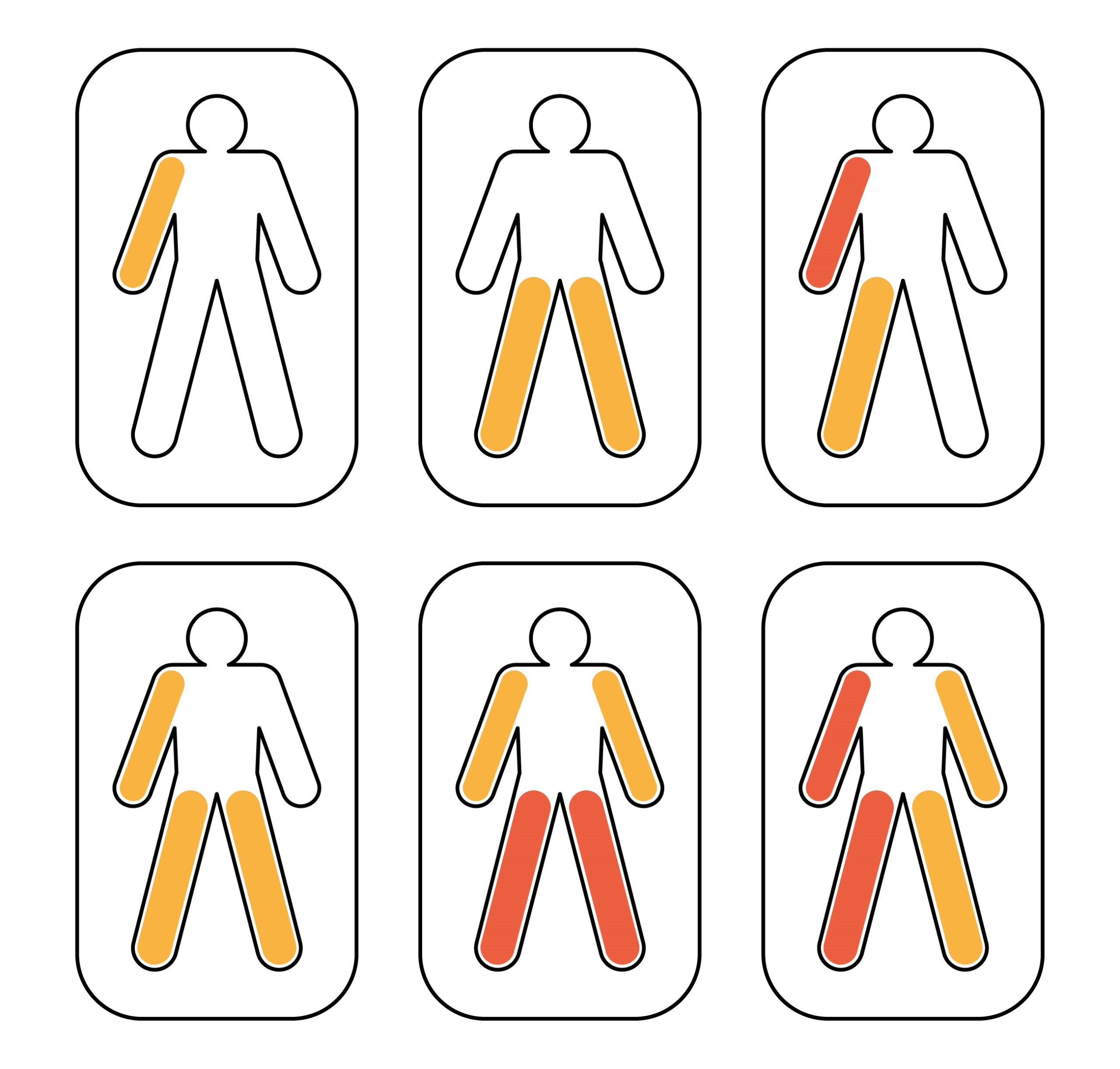
What assessments are used to diagnose CP
_____
Early diagnosis refers to a Cerebral Palsy diagnosis below the age of 12 months. Historically, the age of diagnosis has been 24 months or older. Hower in some cases, diagnosis can be made as early as 3-4 months. Listen to Dr. Alison Spittle, a physical therapist at the Royal Women’s Hospital in Melbourne, Australia as she discusses the standardised assessments that may be used to help diagnose Cerebral Palsy.
If you found this video helpful, we invite you to dive into the wonderful resources available on the Cerebral Palsy Foundation’s “CP Resources“ website. You’ll discover a treasure trove of expert videos and information about cerebral palsy that can really make a difference in understanding and decision-making. Plus, we’ve handpicked some more expert videos below that we think you’ll enjoy
